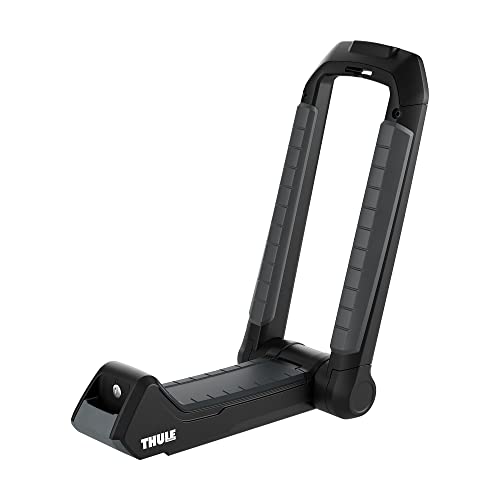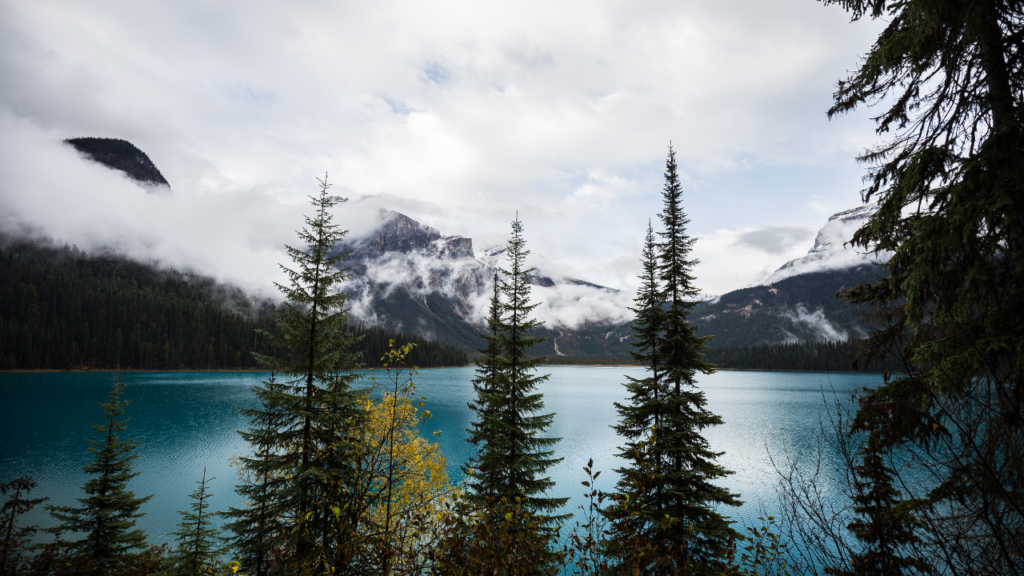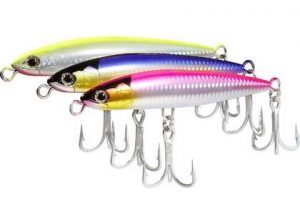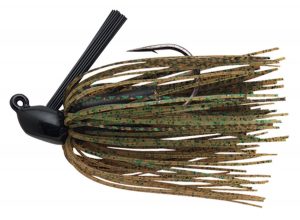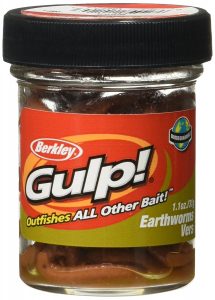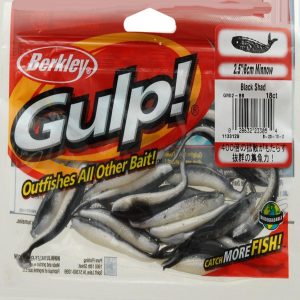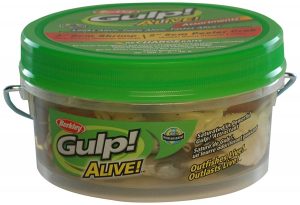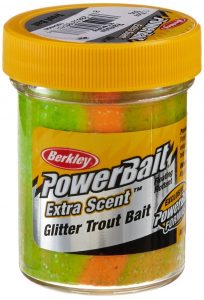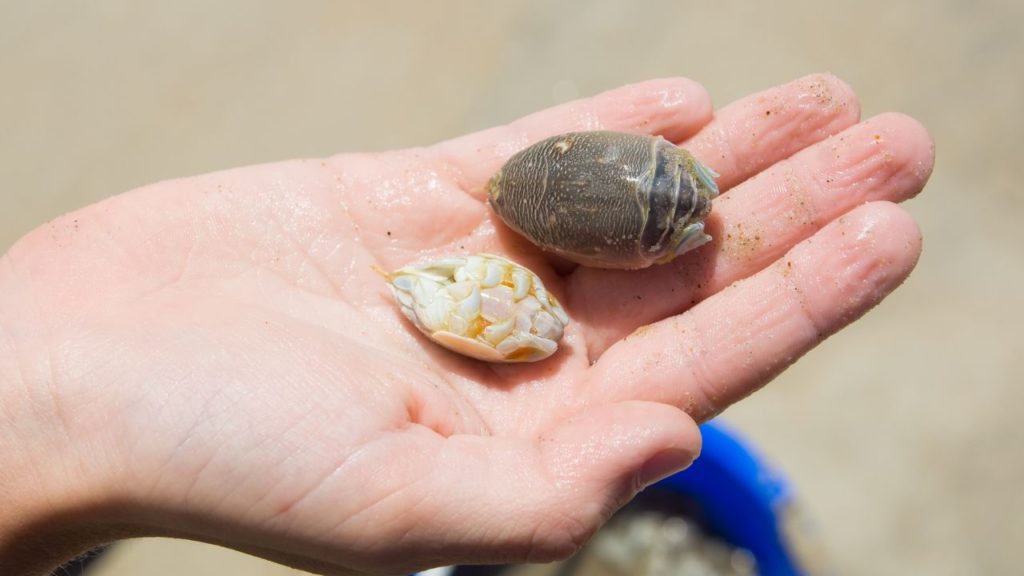Fishing in Kentucky is undeniably the most loved pastime activity, not only for Kentuckians but also tourists. However, Kentucky Lake Fishing Authority doesn’t allow hunting or fishing without proper licensing and permits and some are pay lakes in Kentucky. Every resident and nonresident must fill out and carry appropriate permits and licenses to fish. Nonresidents must also purchase nonresident licenses and permits to fish in the following and other fishing lakes in Kentucky.
Taylorsville Lake
It is an artificial lake located in Spencer County. It covers 3,050 acres and is about 18.5 miles long. It was created in 1974 to help prevent flood damage and has since prevented over 30.5 million in flood damage. The lake is a primary source of economic activity in Spencer County and a popular fishing area. The lake has large amounts of silt and is musky all year. It is also surrounded by large standing timbers, covering the lake’s wildlife, such as the blue herons. Taylorsville Lake is well known for hybrid striped bass, black crappies, white crappie, freshwater drum perch, blue catfish, and channel catfish fish species.
Lake Cumberland
Lake Cumberland is in Lauren, Pulaski, Wayne, and Clinton counties. Its purpose is to control floods and produce hydroelectric power. It has a 2,020 km shoreline and is 65,530 acres large. It also has a capacity of 6,100,000 acre-feet of water, and its main lake is 101 km long. Lake Cumberland is home to General Burnside State, Cumberland State Resort Park, and various Kentucky lake fish species, including brown trout, sauger, walleye, sturgeon, striped bass, lake trout, and rainbow trout.
Dale Hollow Lake
The dale Hollow reservoir borders Tennessee. It formed due to Obey river damming and meets with Cumberland river at river Mile 380 and stretches 7.3 miles. The United States government built the dam to control floods and covers 27,700 acres. Dale Hollow is used recreationally for water sports such as water skiing, waterboarding, and tubing. However, its primary recreational purpose is fishing. It is the prime location for smallmouth bass fishing and has other species, including largemouth bass, muskellunge, crappie, catfish, walleye, trout, and gar.
Nolin River Lake
It is a reservoir in Grayson, Edmonson, and Hart counties. The US government authorized the lake to control floods in 1938. During the winter, the lake covers 2,890 acres and 5,795 acres during the summer. Its neighbors include Nolin State Park, Mammoth Cave National Park, Ponderosa Boat Dock/Marina, and wax Marina, and Moutardier resort and Marina. Its fish species include white crappie, largemouth bass, channel catfish, black crappie, walleye, flathead catfish, and white bass.
Rough River Lake
Rough river lake is the famous Y-shaped reservoir. The lake lies in Hardin, Breckinridge, and Grayson counties, 70 miles southwest of Louisville; one of Kentucky’s major cities. The dam construction took place between 1955 and 1961. It lies 89.3 miles above the Rough River and Green River intersections. The lake is about 69 feet deep, 39 miles long, and 5100 acres, with a 220-mile shoreline during the summer. During the summer, the lake decreases by 2180 acres.
Rough River Lake has a constant 300 pounds of fish per acre crop coverage, with the lower parts of the lake being the most fertile. The lake has a wide variety of fish, including crappie, spotted bass, catfish, bluegill, largemouth bass, and white bass. It also has a small walleye population and a whole year-round stock of rainbow trout.
Kentucky Lake
In 1994, the US government created Kentucky Lake to control floods. It is the largest artificial lake with a 160,309-acre surface area, 2,064 miles of shoreline, and a flood capacity of 4,008,000 acres. Ft. The lake provides hydroelectric power and recreational activities, including fishing in Kentucky. The lake holds the record for the most prominent white bass (5lb), buffalo carp (55lb), and yellow perch (11lb) species.
Fishtrap Lake, KY
Fishtrap Lake is an 84 feet deep and 1,130-acre man-made reservoir in Pike County. Despite being built in 1968, it was made open to the public in 2003. It is ideal for boating, hiking, and fishing for a wide range of fish species like smallmouth bass, panfish, largemouth bass, northern pike, musky, and walleye.
Cave Run Lake
It is a reservoir in Morehead. The lake was contracted between 1965 and 1973 to control floods in the lower licking river and is 8 270 acres. It touches Morgan, Menifee, Rowan, and Bath counties. It offers habitat for various fish species, including largemouth bass, black crappie, smallmouth bass, white bass, spotted bass, bluegill, white crappie, and muskie.
Carr Creek Lake
Carr Creek Lake is to the east of Hazard. The reservoir was created in 1976 and is 710 acres. It is 130 ft tall, 720 ft long, and 8.8 miles above the mouth of Carr Fork River. It is family-friendly with swimming, boating, and fishing activities. It is home to various wildlife, like wood ok, great blue heron, ruffed grouse, wild turkey, green heron, red-winged blackbird, raccoon, bobwhite, warblers, and striped skunk. It also has a wide variety of fish species, including smallmouth bass, black crappie, largemouth bass, white crappie, spotted bass, and walleye.
Green River Lake
It is a reservoir based in Adair, Casey, and Taylor counties covering 8,210 acres. The lake was created in 1969 and is 90 miles southeast of Louisville. Its primary purpose is to control floods. It stands 144 feet high with a crest length of 2,350 feet, 33 square kilometers of surface area, and 723,200 area feet of capacity. It is home to various fish species, including largemouth, channel fish, black crappie, white bass, white crappie, walleye, bluegill, flathead, and catfish.
Buckhorn Lake
Buckhorn Lake is to the south of Buckhorn and northwest of Hazard. The reservoir was created in 1967 and is 160 feet high with 1,020 feet at its crest and 1,230 acres. It has 32,150 acre-feet of standard storage and 167,900 acre-feet maximum capacity water storage. It is a significant attraction for anglers due to its sizable muskie population and the large bluegill, largemouth bass, channel catfish, and white crappie populations.
Yatesville Lake
Yatesville Lake is another of Kentucky’s famous reservoirs located far east of Lawrence County, next to Louisa. It was constructed in 1988 to control floods and manage stormwater. It is 156 feet high, 855 feet long at its crest, and has a standard 3.5 square miles of surface area. It also has a standard capacity of 63,000 acre-feet with a maximum capacity of 83,300 acre-feet. It is famous for good hiking trails, wildlife scenery, fishing, and the18-hole golf course at Yatesville Lake State Park. The lake has produced quality largemouth bass since its completion in 1944 and other abundant species such as channel catfish, bluegill, and white crappie.
Game Farm Lake
Fish and Game Farm Lake’s location is in Davies County. The lake is 23 acres, 443 feet high, and 135 meters above sea level. Game Farm Lake is a reservoir located just 4.7 miles from Lewisport, in Davies County, in Kentucky, United States, near Yelvington. Alternate names for this reservoir include Sportsman Lake. The famous species caught here include Largemouth, White crappie, and Blue catfish.
The Big Cat Pay Lake
The Big Cat Pay Lake has two fishing lakes. One lake is 1.5 acres and has trophy-size catfish that weigh up to 60 pounds. The other lake is 3 acres and contains a variety of farm-raised fish that weigh 2-3 pounds. Set in the country, this family-friendly pay lake in Kentucky is a great weekend escape. All kids 12 years and under fish on their parent’s ticket for FREE.
Table of Contents


















